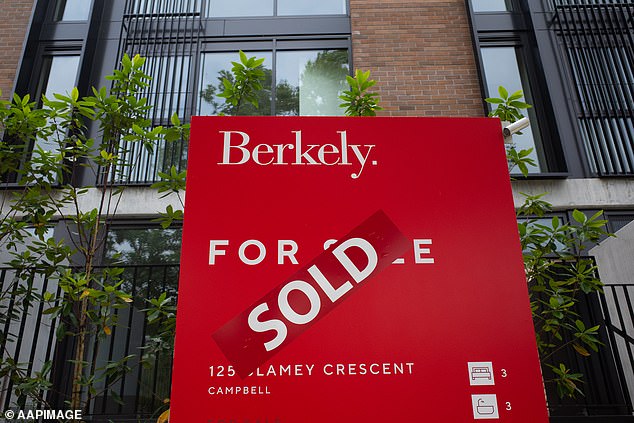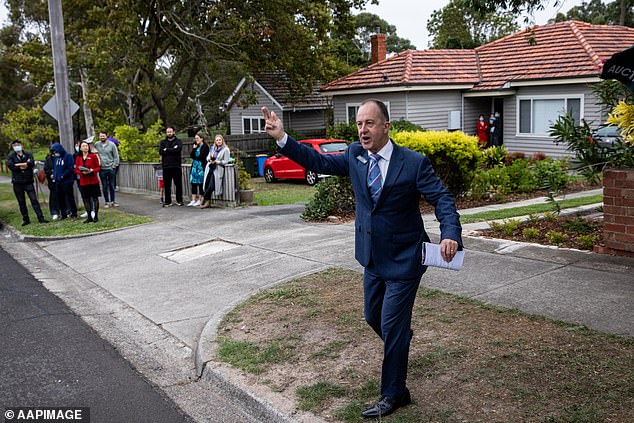<!–
<!–
<!– <!–
<!–
<!–
<!–
The median household income of Australian home buyers has increased by 40 per cent to more than $200,000 in just four years; leaving single borrowers had fewer options.
Investment Bank Jarden’s analysis of Commonwealth Bank mortgage data found that almost a third of all home loan applicants earned $220,000 in 2023.
That’s a big jump from 2019, when the median household income of a homebuyer was $160,000.
Median house prices have risen across Australia despite aggressive interest rate increases, with $1.6 million the typical price in Sydney, compared to $1.05 million in Melbourne, $888,285 in Brisbane, $875,034 in Adelaide and $742,390 in Perth, Domain sales data showed.
He The average full-time salary is now $98,098, making a $700,000 home out of reach for a single borrower.
Jarden chief economist Carlos Cacho said the data was worrying as it showed “the average household can no longer afford the average house” in a capital city.
“What we’ve seen over the last four years is that the proportion of buyers with middle or lower incomes has decreased from 30 percent to 18 percent,” Cacho told Domain.
‘It has been a market increasingly driven by higher-income households and large deposits.

Investment Bank Jarden’s analysis of Commonwealth Bank data found almost a third of all home loan applicants earned around $220,000.


Homebuyers in 2023 were earning 40 per cent more on their median household income than those in 2019 (pictured, a Melbourne auction)
‘It’s a situation where there is a real divide between wealth and income. “It’s becoming a case where the average household can no longer afford the average house.”
Cacho added the trend could fatally damage the Australian dream of working hard and owning a home.
“Overall, it was seen that if you try and really put in the effort, you can achieve it, regardless of your starting point,” Mr. Cacho said.
“But now, unless you come from a family that owns a home or has some wealth, it’s very difficult to buy a home.”
An analysis by RateCity showed that banks now only lend borrowers 5.2 times their pre-tax salary if they have a 20 per cent mortgage deposit.
That means an individual or couple would need to earn $214,000 to even afford a $1.4 million home, paying off a $1.1 million mortgage.
A person with an average income of $98,000 could only buy a house for $639,375 and borrow $511,500.


Jarden chief economist Carlos Cacho (pictured) said housing affordability in Australia was “broken”, with data showing “the average household could no longer afford the average house”.
Cacho said it was difficult to “move the affordability needle” and that buying a home was unlikely to become more affordable any time soon.
“It’s just broken,” he said.
“Affordability will improve slightly if we see a rate cut from the RBA, but history shows it will probably push house prices up even further.”
House prices in the Australian capital rose 11 per cent in the year to January to $944,229, CoreLogic data showed.
This was despite the Reserve Bank raising interest rates for the 13th time in 18 months in November, taking the cash rate to a 12-year high of 4.35 per cent.
A record 518,000 migrants moved to Australia, on a net basis, in 2022-23.

